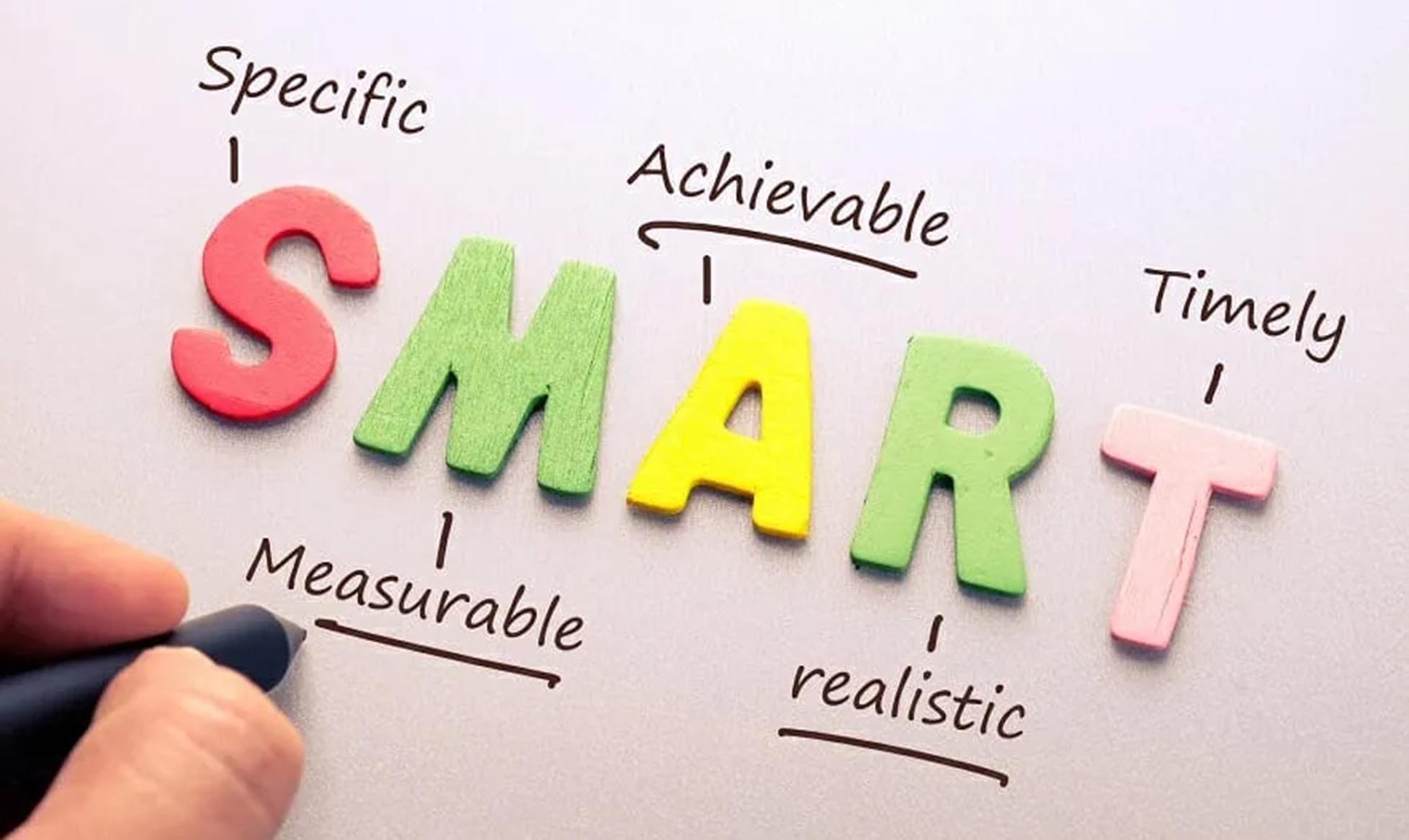How to Set SMART Goals: Creating Effective and Achievable Goal Plans
Setting goals is the starting point for success. Whether in academics, career, or daily life, setting clear and directional goals is an important step toward achieving success. However, many people face challenges in goal setting, such as vague objectives and lack of motivation. To avoid these issues, you can utilize the SMART goal-setting method. This method helps individuals set clear and systematic goals, ensuring that the goals are not only reasonable but also achievable.
This article will dive deep into each component of the SMART goal-setting method, helping you better understand and apply this approach to set goals that are suitable for you.
1. Definition of SMART Goals
SMART goals are a method for setting objectives with clear standards, where “SMART” is an acronym that stands for:
- S (Specific) – Specificity
- M (Measurable) – Measurability
- A (Achievable) – Achievability
- R (Relevant) – Relevance
- T (Time-bound) – Time-bound
Each of these elements has a clear definition and specific implementation methods. Let’s break them down one by one.
2. S: Goals Must Be Specific
Specificity is the first step in goal setting. A vague goal almost never stimulates motivation or leads to effective planning and execution. To set a specific goal, you need to clearly understand what the goal is, why it’s important, and what steps you need to take to achieve it.
For example, if your goal is “I want to be healthier,” this is too vague and doesn’t provide clear direction for action. However, a more specific goal such as “I want to lose 5 kilograms in three months by walking 30 minutes every day to improve my fitness” clearly defines both the goal and the actions needed.
When defining a specific goal, ask yourself the following questions:
- What exactly do I want to achieve?
- What is the significance of this goal for me?
- What specific steps do I need to take to achieve this goal?
- Who can help me achieve this goal?
The answers to these questions will help you refine your goal and ensure it is sufficiently specific.

3. M: Goals Must Be Measurable
Measurability requires that your goals have clear standards that allow you to quantify progress and results. By measuring progress, you can understand whether you are moving toward your goal and feel a sense of accomplishment when you reach it.
For example, a goal like “losing weight” becomes much more actionable and motivating when you add measurable standards, such as “losing 0.5 kilograms every week” or “walking 5,000 steps daily.” By regularly weighing yourself or tracking your steps, you can monitor your progress.
When setting measurable goals, consider the following:
- How will success be defined for this goal? (e.g., a 20% increase in sales)
- What specific criteria do I need to meet to achieve the goal?
- How will I track my progress?
By answering these questions, you ensure that your goal is measurable and thus can be effectively evaluated, which increases your motivation to achieve it.
4. A: Goals Must Be Achievable
Achievability means that the goal should be challenging but also realistically attainable. Setting a goal that is too far-reaching may lead to frustration, while setting an overly simple goal might not provide enough motivation.
For instance, if you’re new to running, setting a goal like “I want to run a marathon in three months” may be unrealistic. A more achievable goal would be “Run 30 minutes every day, gradually increasing my running time and distance.” This goal provides a challenge but is achievable over time.
To ensure the achievability of a goal, ask yourself the following questions:
- Is this goal within my capability?
- Do I have the necessary resources (time, money, skills, etc.) to achieve this goal?
- Does this goal require breaking it into smaller stages?
By analyzing these questions, you can avoid setting goals that are too difficult to achieve and instead set ones that are both challenging and attainable.
5. R: Goals Must Be Relevant
Relevance requires that the goal aligns with your long-term vision, values, or your current life and work situation. If a goal is disconnected from your core needs and desires, it’s likely that you will lack the motivation to pursue it, or you may abandon it altogether.
For example, if you are passionate about photography but your goal is to “learn programming,” the two goals may not be relevant to each other. A more relevant goal in this case might be “Learn basic photography techniques and complete 10 independent photo projects.” This goal aligns with your interest in photography and helps you make progress in that field.
When setting relevant goals, consider the following:
- Does this goal align with my long-term plans?
- What significance does this goal have for my career or personal life?
- Does this goal help me achieve a larger vision or dream?
These questions will help ensure that your goal is meaningful and closely connected to your core needs and interests.
6. T: Goals Must Be Time-bound
Time-bound refers to the importance of having a clear timeline for your goal. A goal without a set timeframe is prone to procrastination and may be neglected. A goal with a clear timeframe creates a sense of urgency and pushes you to take action.
For example, setting a goal like “Improve my English level within six months” is not very specific. But if your goal is “Pass an English proficiency exam within three months,” the time frame is much clearer, helping you devise a more detailed action plan.
When setting time-bound goals, consider the following questions:
- When do I want to achieve this goal?
- At what points will I check my progress?
- Is the timeline I’ve set realistic and challenging?
A clear time frame will create a schedule, increase your sense of urgency, and ensure that your goal is completed within the set time.
7. Integrating Schedule Management with SMART Goals

Effective time management is crucial when applying the SMART goal-setting method. Once you’ve set your goals, the next step is to create actionable plans that will help you achieve them.
For instance, you can break a large goal into smaller, stage-by-stage objectives, each with specific time allocations and execution plans. In your daily schedule, you can allocate fixed times to track and evaluate your progress.
If your goal is “Write for one hour every day,” you could schedule a fixed time, such as “Write from 8:00 AM to 9:00 AM.” By doing this, you ensure that the goal is actionable and help build a daily habit of working on your goal at a consistent time.
8. Challenges and Adjustments: Flexibility in Achieving Goals
Although the SMART goal-setting method helps you create clear goals, you may encounter various challenges during the implementation process. Life often presents unforeseen circumstances, so achieving goals requires flexibility and adjustment based on changing realities.
For example, if you fail to meet a milestone goal, there’s no need to become discouraged. Instead, evaluate the reasons behind the delay and adjust your plan accordingly. You might extend the timeline or modify the scope of the goal to adapt to new circumstances.
9. Maintaining Motivation and Monitoring Progress
Sustained motivation is key to achieving any goal. To maintain motivation, it’s important to regularly review your progress. This not only allows you to see your accomplishments but also helps you adjust strategies as needed to stay on track.
For instance, you could review your progress every week and plan your next steps for the coming week. This regular progress check will help you stay focused and make necessary adjustments to your approach if required.
By using the SMART goal-setting method, you can create a systematic and practical approach to setting goals, and understand how to implement them effectively. This process is not just about achieving a specific goal, but also about developing a goal-oriented mindset that helps you act more efficiently and purposefully in your daily life and work.
